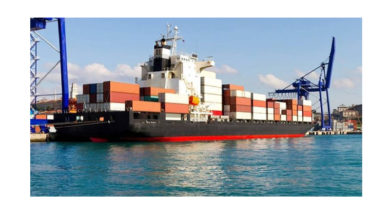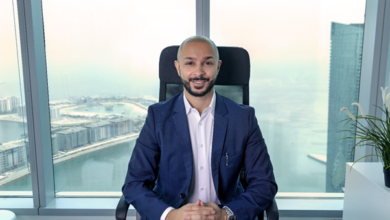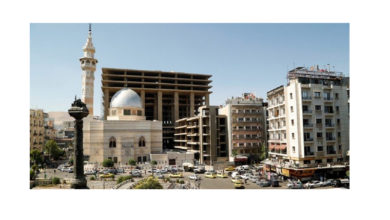“Metal 3D printing is disrupting the healthcare industry”
UAE-based metal additive manufacturing firm Sinterex deploys 3D printing technologies in an industrial capacity to make functional, end-use products.
Julian Callanan, managing director, Sinterex, talks to ME Printer about the company’s value proposition, business strategy and target markets.
What is the USP of Sinterex?
Sinterex is the first business in the UAE to be licensed for additive manufacturing (using 3D printing technologies for industrial purposes) by the Department of Economic Development (DED) in Dubai. We currently have a strong focus on metal 3D printing, because we believe that metal has the most relevance for functional, end-use products and parts.
At the moment, our primary business is providing manufacturing applications for the dental industry, such as manufacturing of dental crowns, bridges and frameworks. We are also looking at providing customised manufacturing solutions for the medical sector. To deliver products to the standard required by our healthcare industry clientele, our manufacturing processes have the highest levels of quality, hygiene, and reliability, conforming to all international standards.
What role does Sinterex play in the medical and dental supply chain?
Sinterex works as a digitally enabled specialist manufacturing company. Within the dental business, for example, we receive orders from dental laboratories and not from dentists directly. Dental laboratories receive dental casts from dentists, and the casts are scanned to generate digital files. We receive these digital files and convert them into a 3D printable format, before producing them on our metal 3D printer. We then send the order back to the dental laboratory for finishing and sterilisation, before they are delivered to the dentists and patients. In short, the dental lab and additive manufacturing company collaborate to create products that dentists can use to solve their patients’ problems. This entire complex process now takes 2–4 days thanks to 3D scanning technology and 3D printing.
How accurate and feasible is additive manufacturing compared to traditional methods?
The accuracy of additive manufacturing compared with traditional methods is significantly high. We manufacture dental frameworks with Cobalt Chrome alloy, which is certified as a biocompatible material and CE certified. It takes about 3.5 hours to 3D print a dental framework, and then, it undergoes post processing such as shot peening to create a uniform surface, baking in a furnace to remove stresses, and polishing to remove unwanted surface structures. The entire process can take a full day.
 Typically, high-volume manufacturing is the mass production of identical items. Additive manufacturing is a game changer because it enables mass production of customised items.
Typically, high-volume manufacturing is the mass production of identical items. Additive manufacturing is a game changer because it enables mass production of customised items.
Sinterex has a 2,000sqft manufacturing facility in Dubai, which is small compared to a traditional manufacturing plant. Because we can manufacture products on demand with high quality and consistency, we are able to reduce inventory and optimise floor space.
How do you acquire the right talent for this industry?
Currently, there’s a lack of professionals experienced in 3D printing in the Middle East region. As such, we don’t expect talent to immediately have the ideal background in metal additive manufacturing. Instead, what we’re looking for are people with experience in related and interdisciplinary areas such as mechanical and industrial engineering. We need practical people who are problem solvers with sound technical knowledge. Of course, a passion for 3D printing and new technologies is also crucial.
What are Sinterex’s expansion opportunities and plans?
 Currently, we are focusing on the dental industry, and we’re negotiating with global companies to become their local manufacturing, finishing, packaging and logistics partner for customised dental and medical products. We’re interested in manufacturing customised medical implants such as knee replacements using strong and light materials such as Titanium. We also intend to enter industrial manufacturing, starting with spare parts and accessories.
Currently, we are focusing on the dental industry, and we’re negotiating with global companies to become their local manufacturing, finishing, packaging and logistics partner for customised dental and medical products. We’re interested in manufacturing customised medical implants such as knee replacements using strong and light materials such as Titanium. We also intend to enter industrial manufacturing, starting with spare parts and accessories.
Our strategy is to build a strong presence in the UAE and expand into neighbouring countries in the Middle East in the next few years by introducing more applications of metal 3D printing.




